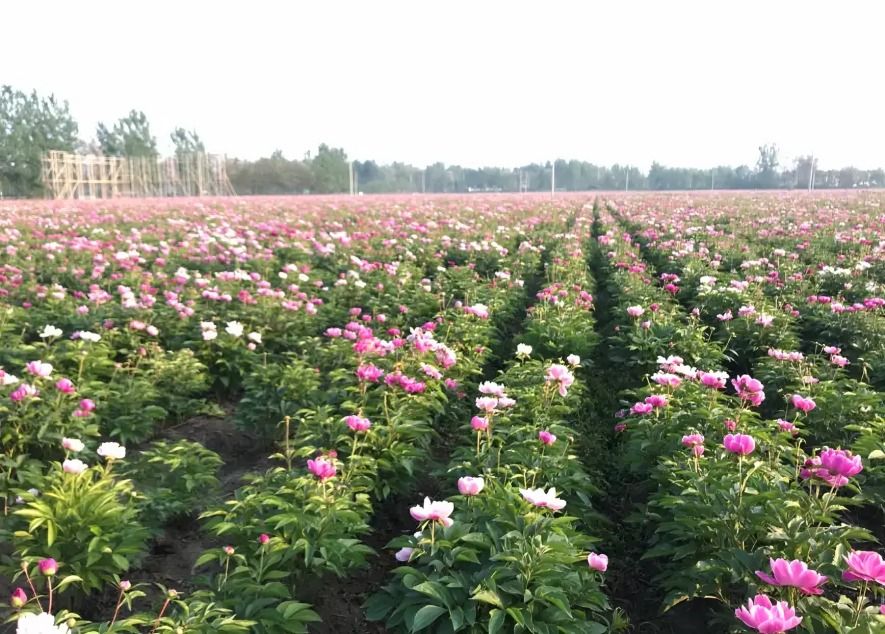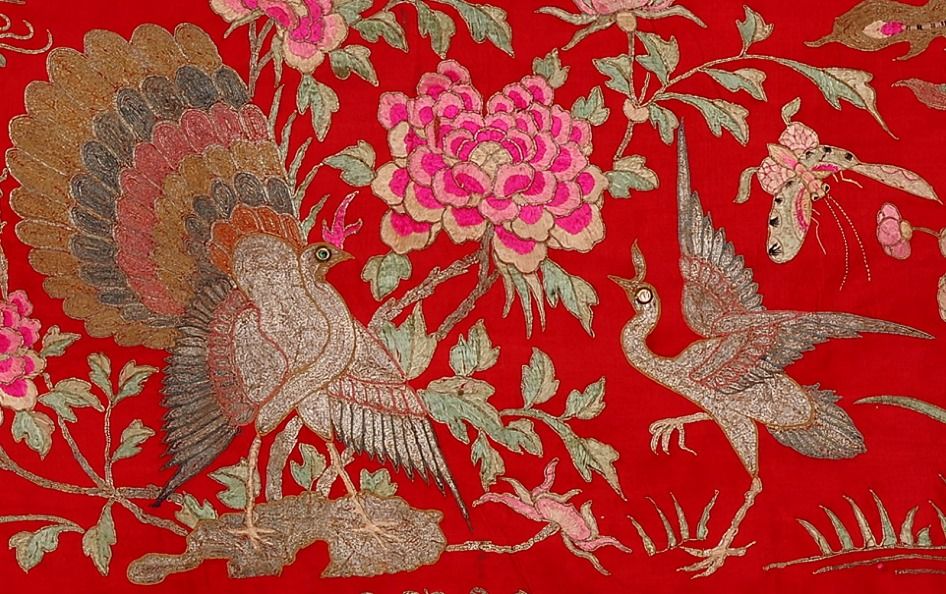
Peonies, celebrated for their beauty and symbolism, hold a rich history spanning centuries. This educational exploration aims to reveal lesser-known aspects of peonies, from their cultural significance to their diverse colors and medicinal uses. Join us as we scrutinize 20 Intriguing Peony Flower Facts that make peonies a favorite among gardeners and admirers worldwide. 1
In China, there is a city dedicated to peonies, known for its extensive cultivation and celebration of these flowers. This city honors the peony with festivals and events, highlighting its cultural significance and beauty in the region. 2
Peonies are edible, with their petals, seeds, and roots used in various culinary and medicinal applications. The petals can be added to salads, teas, and desserts for color and mild flavor. Ensure they are pesticide-free and correctly identified for safe consumption. 3
Peonies have long been valued in traditional Chinese medicine for treating inflammation, pain, and menstrual issues. Modern research supports their anti-inflammatory and antioxidant benefits, making peonies popular in skincare and holistic remedies for their therapeutic properties. 4

The largest standing lantern ever created, a giant peony flower lantern, was unveiled during the 2024 Spring Festival in Luoyang, China, setting a Guinness World Record. The peony is a symbol of Luoyang, an ancient capital of 13 Chinese dynasties.
There are two main types of peonies: herbaceous and tree peonies. Herbaceous peonies die back to the ground in winter and regrow each spring, while tree peonies have woody stems that remain throughout the year, adding variety to their cultivation. 5
Peonies were introduced to Europe in the 18th century and quickly gained popularity as ornamental plants. Their large, showy flowers and delightful fragrance made them a favorite addition to gardens across Europe. 6
Peonies are known for their strong, sweet fragrance, often compared to the scent of roses. Their aromatic blooms add a delightful, fragrant touch to gardens and floral arrangements, enhancing their appeal with a pleasing and memorable scent. 7

The largest herbaceous peony field spans 578,959.2 m² (6,228,674.66 ft²), achieved by the Culture and Tourism Bureau of Bozhou, China, on 29 April 2018. This vast field features an impressive display of peonies minus a small pond area.
Peonies are both the state flower of Indiana and the national flower of China. In Indiana, they symbolize prosperity and honor, while in China, they represent wealth and elegance, making them culturally significant in both regions. 8
Peonies are available in beautiful colors like pink, white, red, and even yellow. Their seeds can take a long time to grow, often needing several months of cold temperatures to help them start sprouting by breaking their natural dormancy. 9
Depending on the type and local climate, peonies typically bloom from late spring to early summer. Their large, fragrant blooms attract bees and other pollinators, playing a crucial role in their reproductive process. 10
Peony flowers have a relatively short bloom period, typically lasting 7 to 10 days. However, peony plants themselves can live for many decades, often thriving for over 50 years in the garden with proper care and conditions. 11
Countries such as China and Japan celebrate annual peony festivals to honor the flower's beauty and cultural significance. These festivals often include elaborate displays and ceremonies that showcase the peony’s prominence in cultural traditions. 12
The color of peony blooms can be influenced by soil pH. Acidic soil often results in deeper pink or red flowers, while alkaline soil produces softer pink or white blooms. Adjusting the soil pH allows for customized peony colors in your garden. 13
Peonies are known for their longevity, with some plants living over 100 years when properly cared for. Their ability to endure and thrive in diverse climates makes them a cherished choice for gardeners around the world. 14
Ants are attracted to peonies in the garden, drawn by the nectar within the blooms. While their presence might seem unwelcome, these ants are harmless to the plant and their activity adds a charming, natural touch to the garden. 15

In Chinese mythology, peonies are often depicted alongside phoenixes and dragons, symbolizing royalty, honor, and prosperity. This imagery underscores the flower's status as a symbol of wealth and good fortune in Chinese culture.
Peonies are widely used in perfumes and scented products for their rich, sweet fragrance. Their blossoms add a luxurious aroma to various products, enhancing their appeal and contributing to a sophisticated scent profile in fragrances and cosmetics. 16
Modern herbalists still use peony roots for their anti-inflammatory and antioxidant benefits. These properties are believed to support immune health and reduce inflammation, continuing the flower’s legacy in traditional medicine. 17
Peony flowers can expand to three times their original size as they bloom. This dramatic growth creates a stunning display, with their large, full blooms showcasing a vibrant and lush appearance that adds beauty to any garden or arrangement. 18


